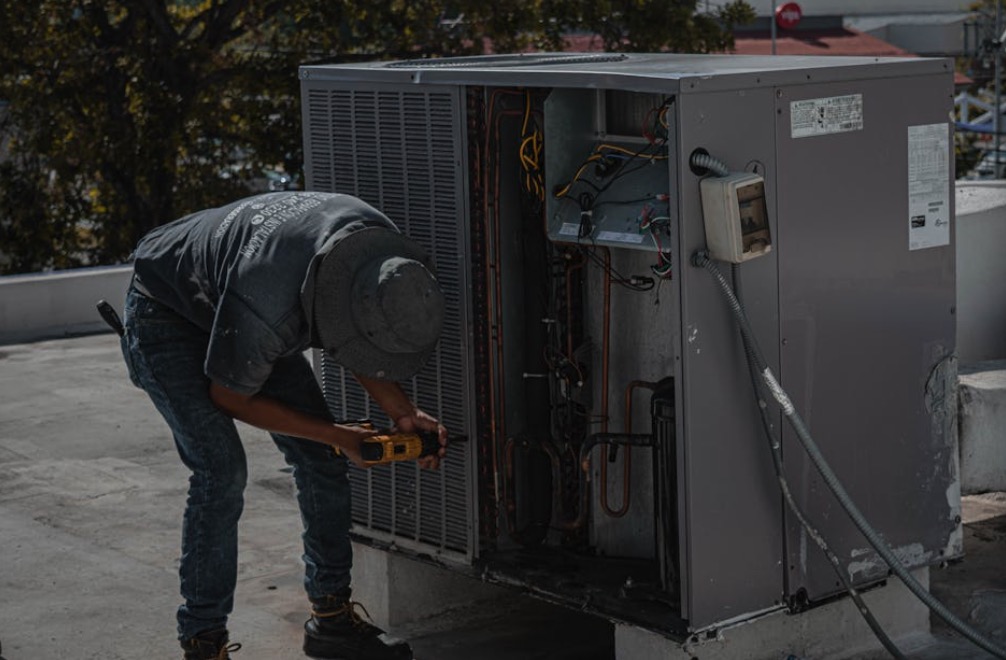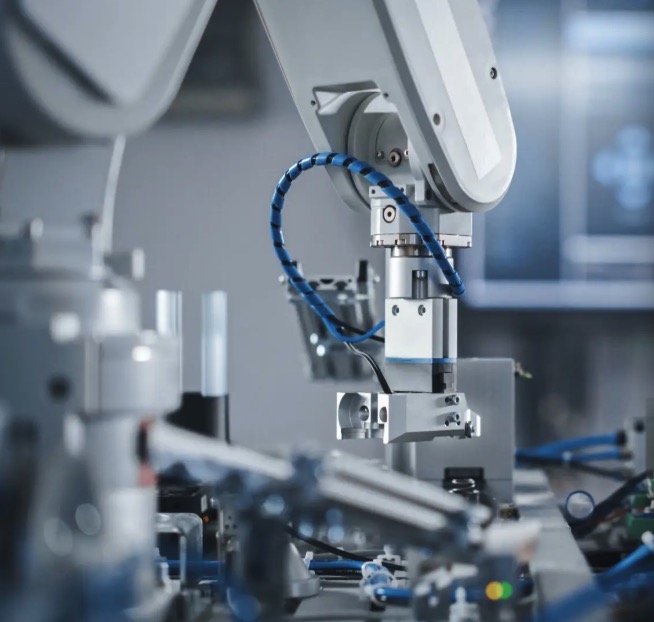Water Tank Temperature Sensor: The Essential Device for Efficient Temperature Monitoring
Abstract:
Temperature monitoring is crucial in various industries, especially when it comes to managing water tanks. In this article, we will explore the importance of water tank temperature sensors and how they contribute to efficient temperature monitoring. From understanding their functionality to their benefits, we will delve into everything you need to know about these essential devices.
Table of Contents:
1. What is a Water Tank Temperature Sensor?
2. How Does a Water Tank Temperature Sensor Work?
3. Benefits of Using Water Tank Temperature Sensors
4. Factors to Consider When Choosing a Water Tank Temperature Sensor
5. Installation and Maintenance of Water Tank Temperature Sensors
6. Conclusion
1. What is a Water Tank Temperature Sensor?
A water tank temperature sensor is a device used to measure and monitor the temperature of water stored in tanks. It plays a vital role in various industries, including agriculture, manufacturing, and water treatment plants. By accurately measuring the temperature, these sensors help maintain optimal conditions, prevent equipment damage, and ensure the safety of stored water.
2. How Does a Water Tank Temperature Sensor Work?
Water tank temperature sensors are typically equipped with a probe that is immersed in the water. This probe detects the temperature and sends the data to a control system or display unit. Some advanced sensors may also feature wireless capabilities, allowing for remote monitoring and data analysis.
3. Benefits of Using Water Tank Temperature Sensors
– Equipment Protection: Fluctuating temperatures can lead to damage to equipment, such as pumps and valves. By continuously monitoring the temperature, water tank temperature sensors provide early detection of abnormal conditions, enabling timely intervention to prevent equipment failure.
– Energy Efficiency: Optimizing temperature management in water tanks can result in significant energy savings. By using temperature data provided by sensors, operators can adjust heating or cooling systems accordingly, reducing energy consumption and costs.
– Water Quality Control: Temperature variations can impact the quality of stored water, especially in applications such as aquaculture or drinking water storage. With accurate monitoring, operators can ensure that the water remains within acceptable temperature ranges, preserving its quality and preventing the growth of harmful bacteria.
– Compliance with Regulations: Many industries have strict regulations regarding water temperature, particularly in areas like food processing or healthcare. Water tank temperature sensors help organizations comply with these regulations by providing continuous monitoring and data logging.
4. Factors to Consider When Choosing a Water Tank Temperature Sensor
When selecting a water tank temperature sensor, several factors should be considered:
– Accuracy: The sensor should provide precise temperature readings to ensure reliable monitoring.
– Operating Range: Choose a sensor that can withstand the temperature range required for your specific application.
– Durability: The sensor should be resistant to water and other environmental factors present in the tank.
– Connectivity: Depending on your needs, consider whether you require wired or wireless connectivity options for data transmission.
5. Installation and Maintenance of Water Tank Temperature Sensors
Proper installation and regular maintenance are crucial for effective use of water tank temperature sensors. Ensure that the sensor is correctly placed inside the tank and securely mounted to prevent any movement or damage. Regular calibration and cleaning are also essential to maintain accurate readings and prolong the lifespan of the sensor.
6. Conclusion
Water tank temperature sensors are indispensable devices for efficient temperature monitoring in various industries. By providing accurate and real-time temperature readings, these sensors contribute to equipment protection, energy efficiency, water quality control, and regulatory compliance. Understanding their functionality and considering key factors when choosing and maintaining sensors are vital for optimal performance and long-term reliability.
Remember, investing in reliable water tank temperature sensors is an investment in the efficiency and safety of your operations, ensuring the ideal conditions for your stored water. Stay ahead of the game with state-of-the-art technology and make temperature monitoring a seamless part of your process.

How to Choose Between PT100, Thermocouple, and NTC Sensors
When it comes to measuring temperature in various applications, selecting the right sensor is critical for achieving precision, reliability, and efficiency. Among the most popular options are PT100 sensors, thermocouples



